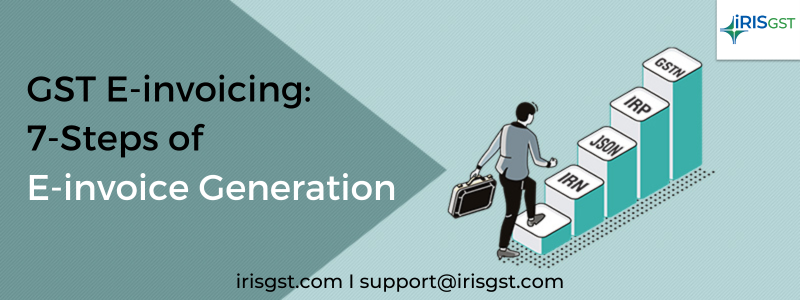
As per the recommendations of the GST council, the E-invoicing system has 2 aspects i.e.
- Adoption of a standard for the invoice, which will enable standardization and swift data exchange
- Registering the standard invoice with the Government, through Invoice Registration Portal (IRP), which will ensure the authenticity of invoices.
Perks of GST E-invoicing in India
The perks of introducing E-invoice generation under GST include:
- Auto-Populated GSTR 1 (for B2B invoices).
- Auto-populated Part A for Eway Bill generation (taxpayer will have to provide vehicle details in Part B to complete EWB generation)
- Auto-sharing of uploaded invoices (on IRP) with the buyers for reconciliation.
- The system will auto-match input credit liability with output tax.
To know more about e-invoicing mandate:
[/vc_column_text]
GET E-INVOICING READY
IRIS E-invoicing Software -The fastest and easiest way to generate e-invoice
7 Steps to E-Invoice Generation
The invoice details need to be verified with the government records and get the unique registration number. Additionally, the supplier/vendor is required to submit these E-invoices on the GSTN portal for the validation purpose, following which, it can be used for return filing and EWB generation. Decoding the entire process of E-invoice generation, right from the invoice creation to sharing the same with buyers (for reconciliation), here is a step-by-step guide for generating a Valid E-invoice:
1.Invoice Creation –
Invoice is created using an accounting or billing software as per the prescribed format for E-invoicing. Clearing the fog about a major misconception surrounding the E-invoice generation, it is not mandatory for a taxpayer to generate E-invoice through the government’s tax portal. In fact, the taxpayer can continue using any accounting software of his preference, with the only necessity being, the software’s ability to generate the invoice in the given e-invoicing format.
2. Invoice Registration Number (IRN) Generation:
Supplier can generate a unique Invoice Reference Number (IRN) using a standard hash-generation algorithm. Generation of IRN by supplier is optional. In absence of IRN, the IRP system of government will generate the same.
3. Upload on Invoice Registration Portal (IRP):
JSON file for each B2B invoice (generated through the accounting software or any third party tool), along with the IRN, if generated is uploaded on the Invoice Registration Portal (IRP)
4. IRP Validation of Invoice Information:
The IRP will validate the details attached in JSON and generate an IRN and also authenticate the file against the central registry of GST for any duplication. The IRN will be the unique identity of the E-invoice for the entire financial year.
5. Digital Signature and QR Code Generation:
Upon successful verification, the invoice will be updated with IRP’s digital signature on the invoice data and a QR code will be added to the JSON file.
6. E-Invoice data transmission to E-Way Bill Portal and GST System:
The uploaded data will be shared with the E-way bill and GST system, which will be used for auto-population of GST Annexures and
7. E-Invoice Receipt back to Supplier’s ERP:
The portal will send the digitally signed JSON along with IRN and QR code back to the seller. The invoice will also be sent to the buyer on their registered email id.
While the E-invoicing system is being introduced to curb tax evasion and simplify GST compliance for a taxpayer, it should be noted that selecting the right invoicing solution can play a crucial role in your compliance journey.
IRIS E-invoicing from IRIS GST, is a one-stop platform for you to view, share and collaborate with your customers and suppliers alike, while managing the entire communication with the GST systems in a hassle-free manner.
For any queries or to schedule a demo, connect with us at support@irisgst.com
Beginner’s guide to
e-invoicing mandate in India
GET E-INVOICING READY
IRIS E-invoicing Software -The fastest and easiest way to generate e-invoice
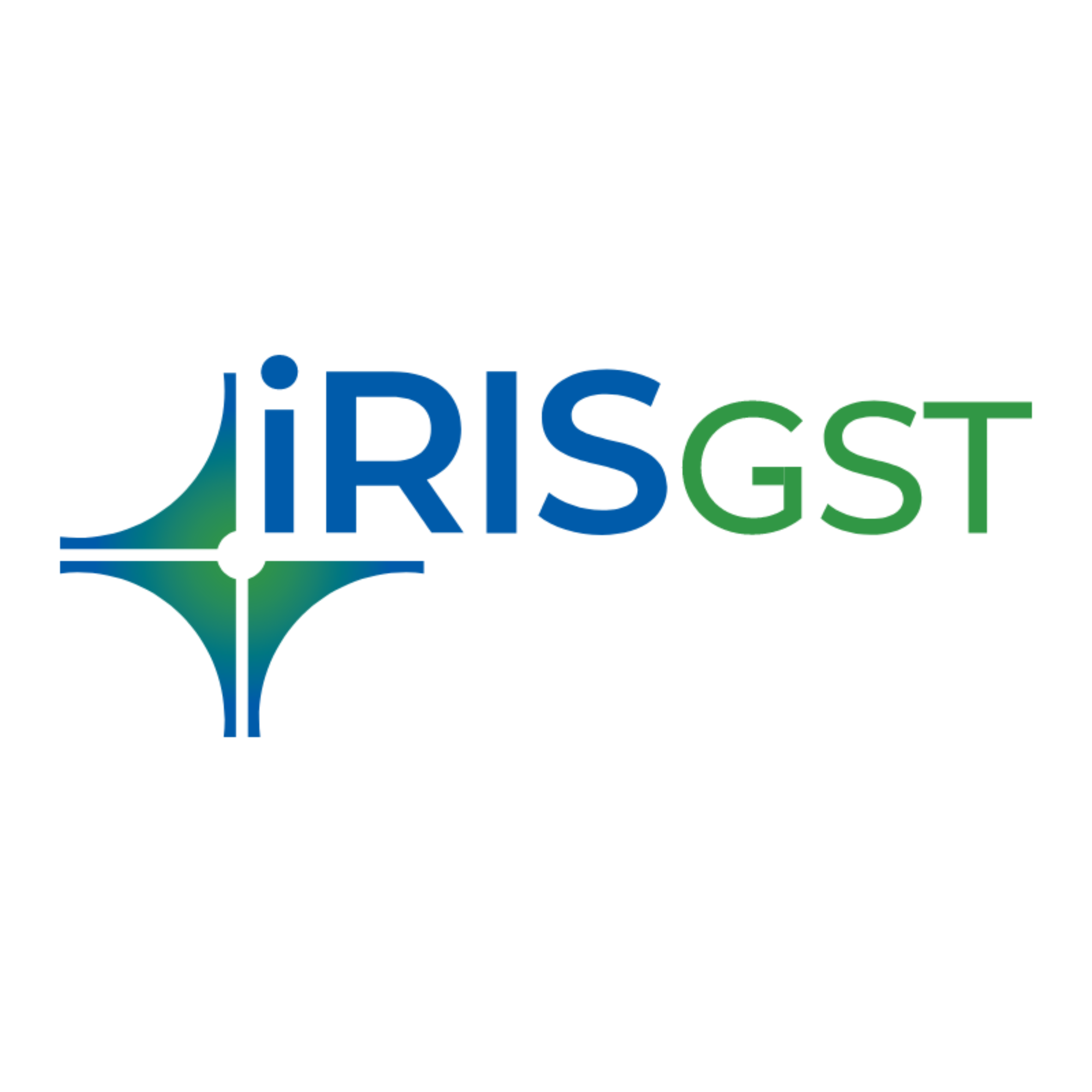

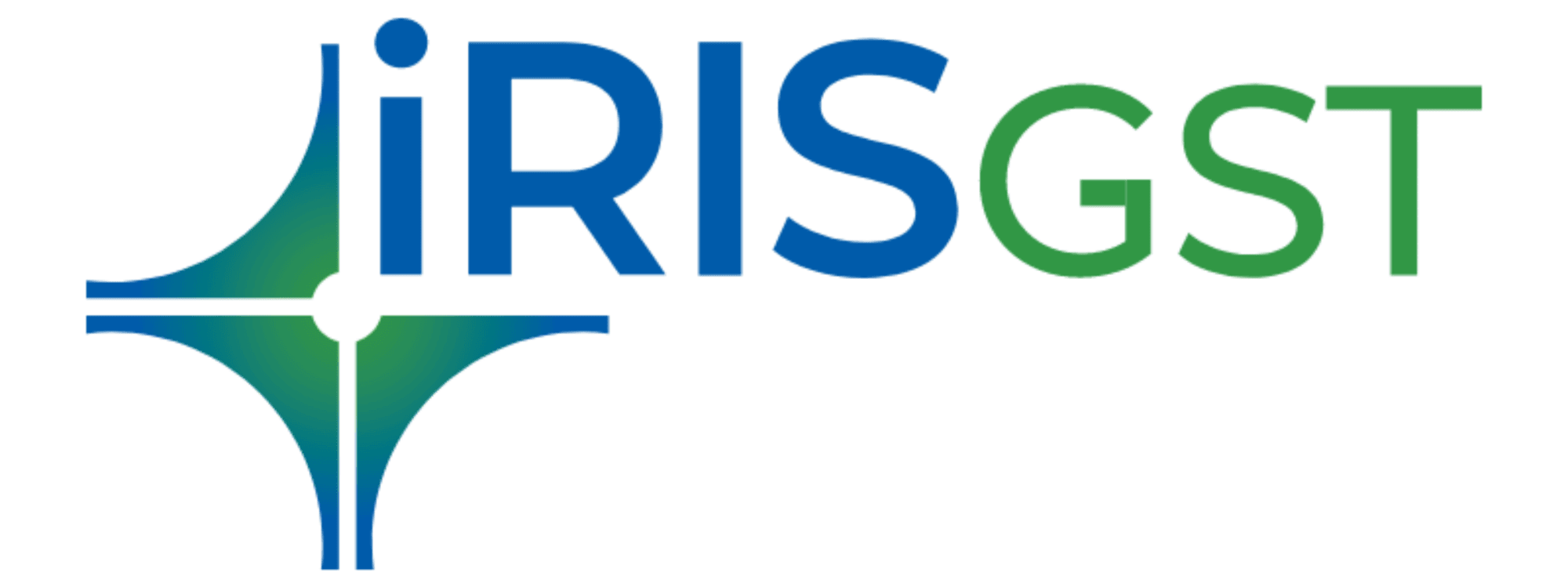



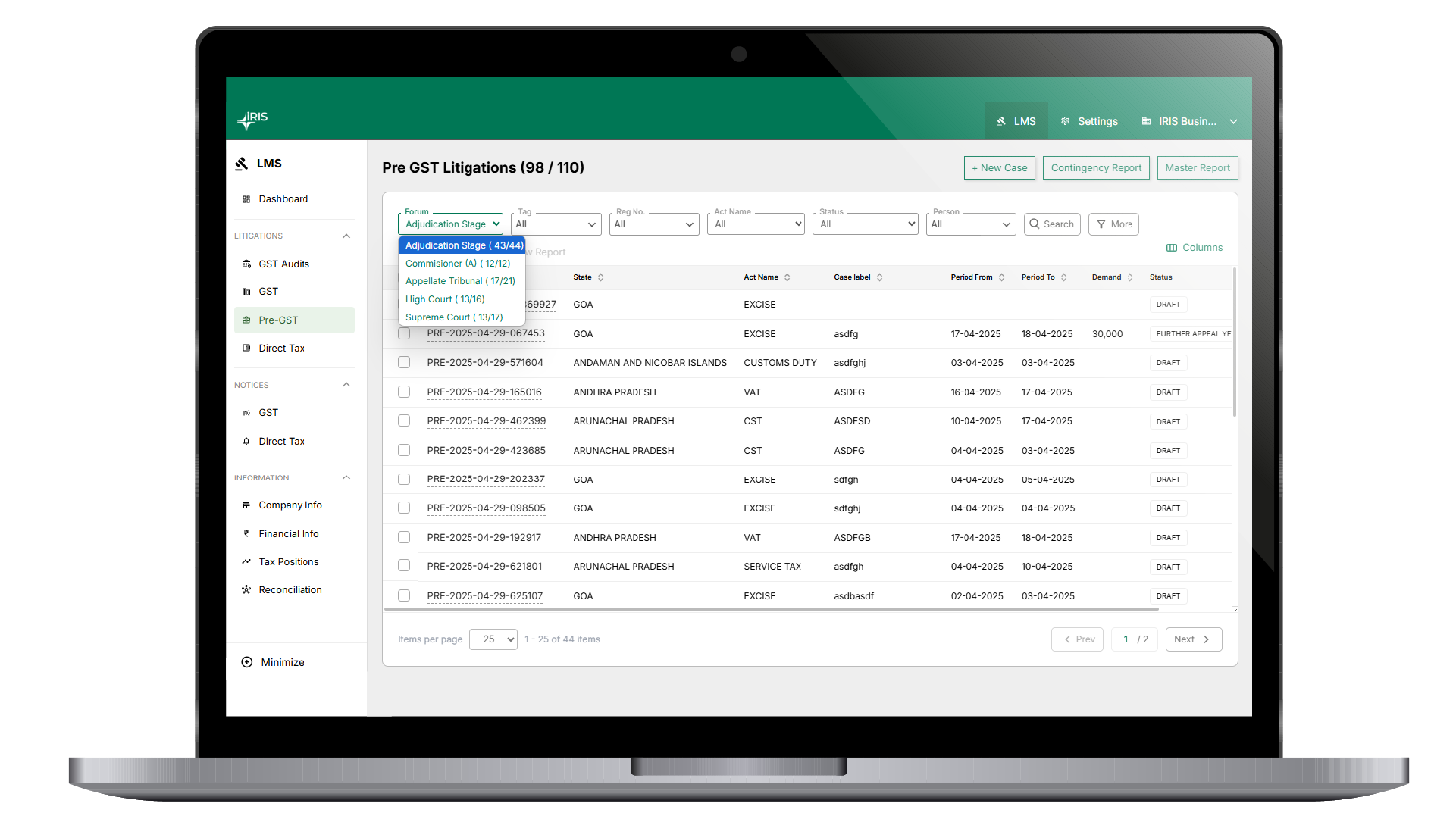
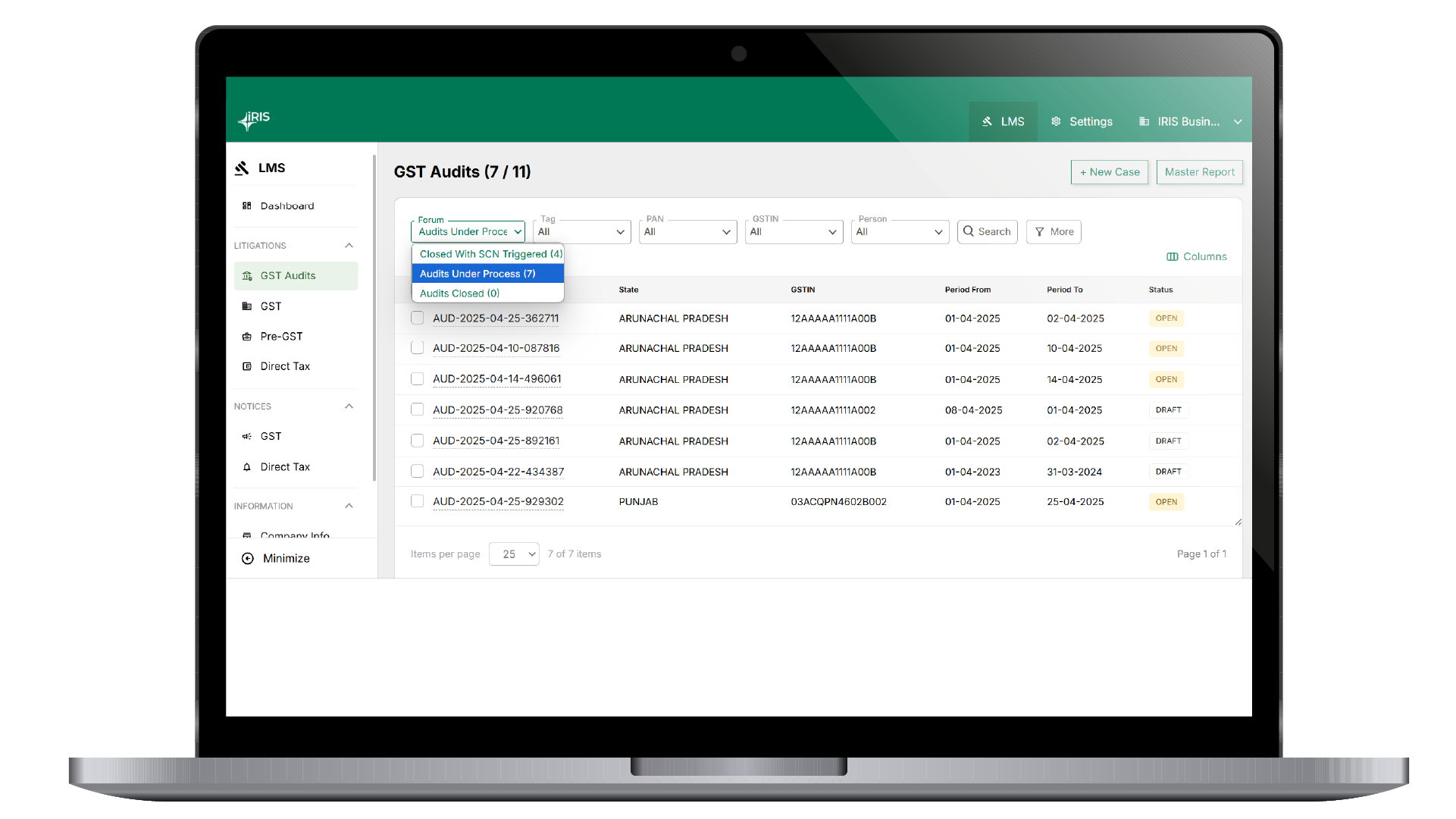
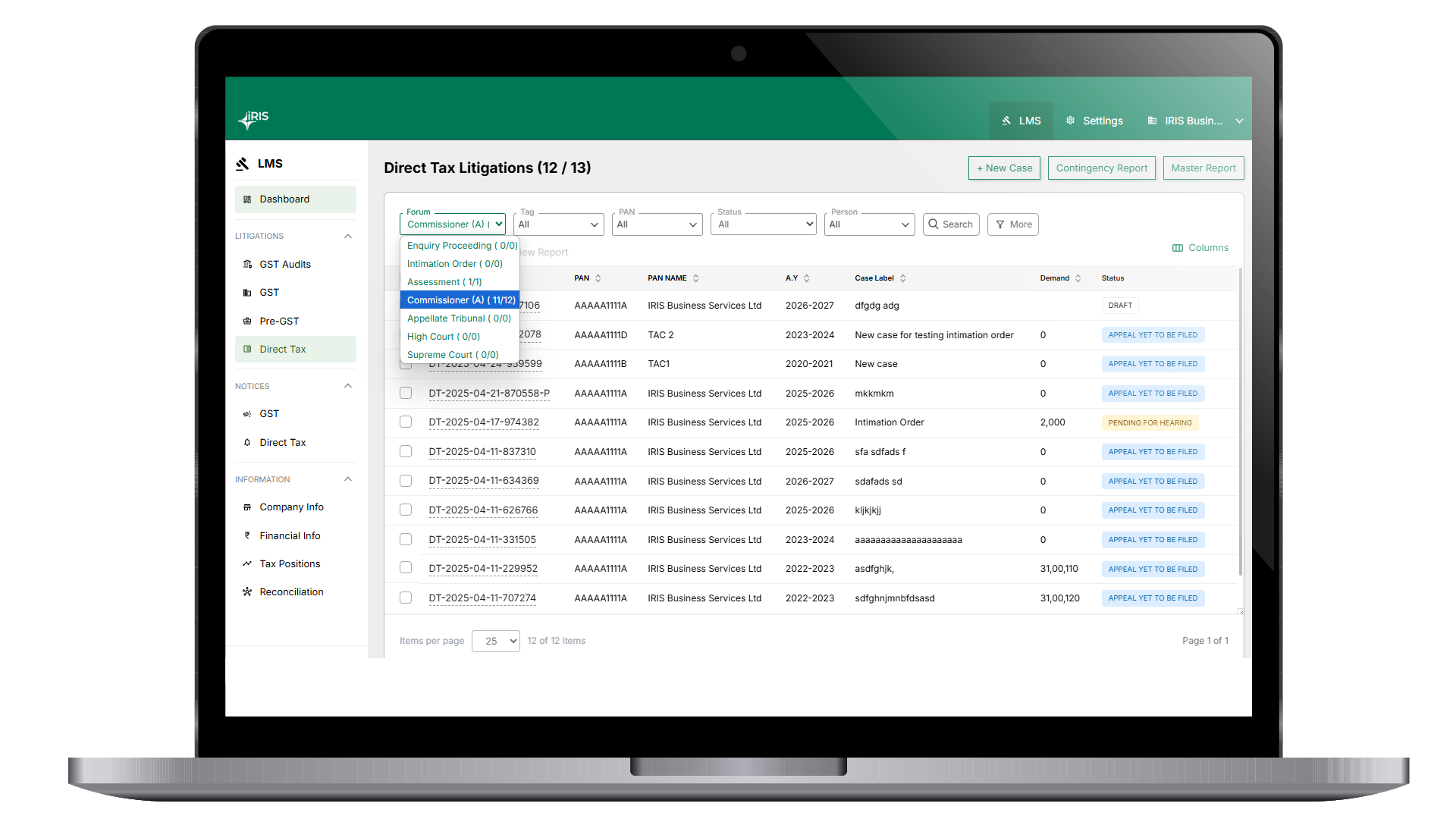
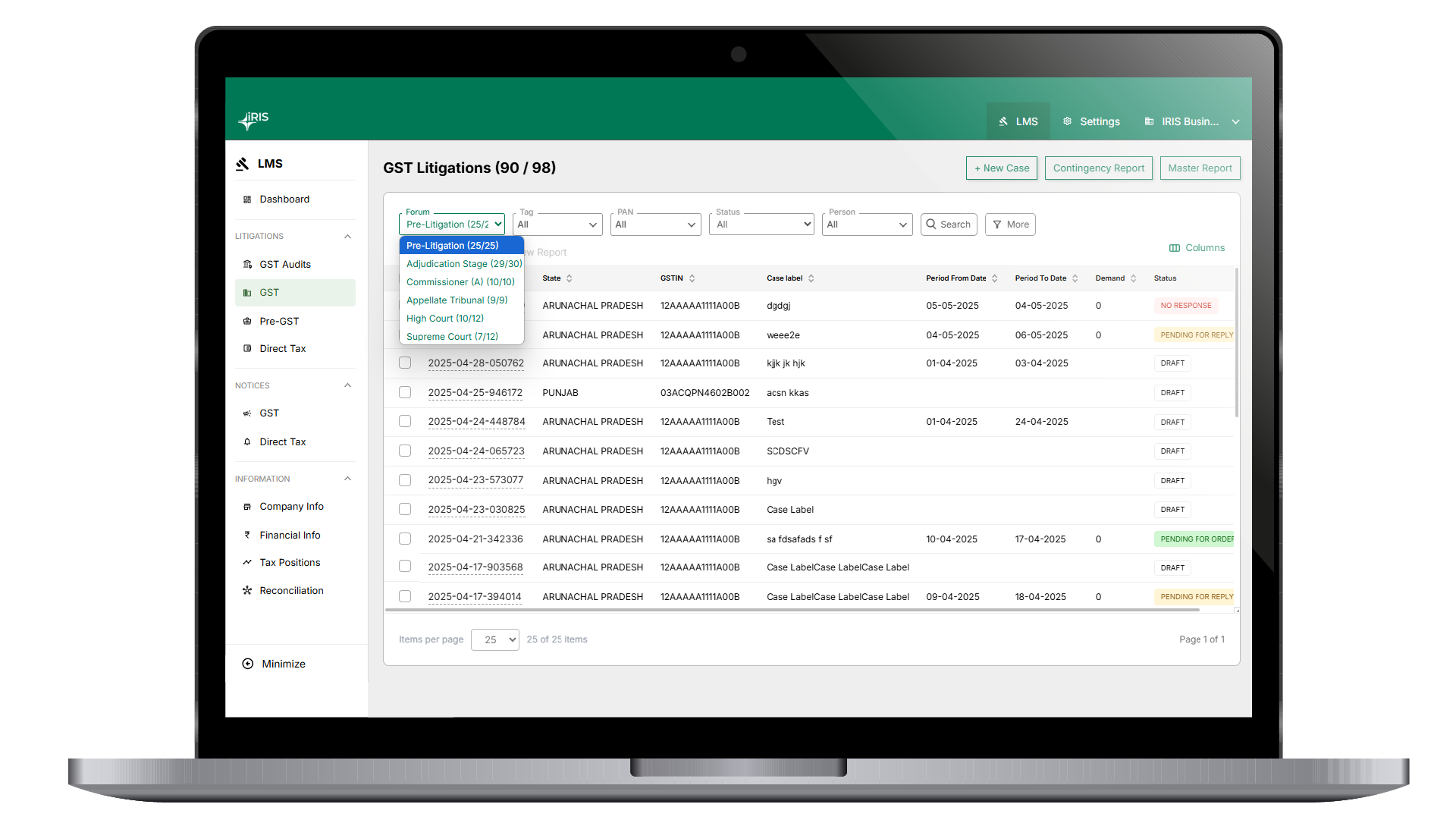
















































































































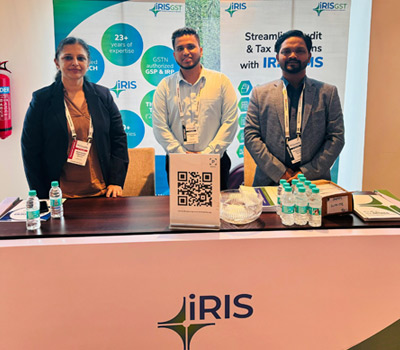


















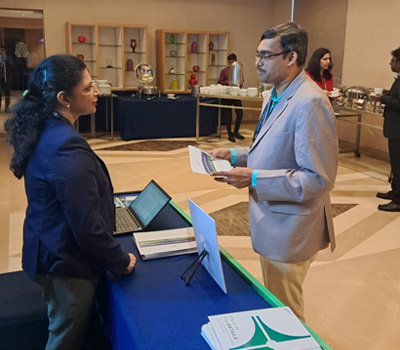
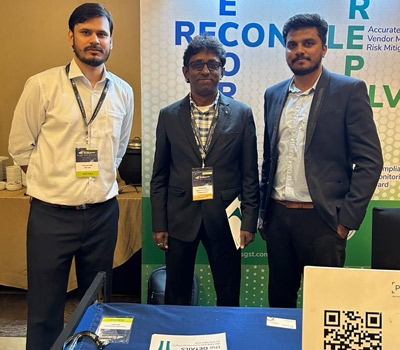
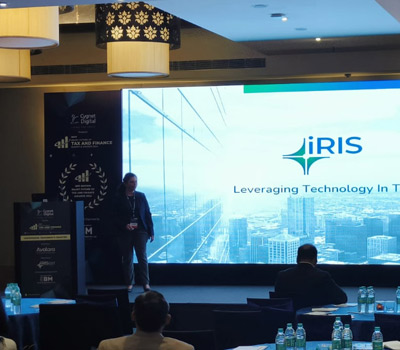
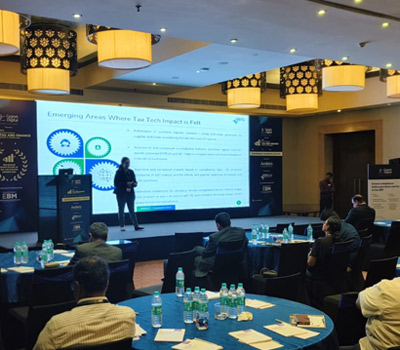


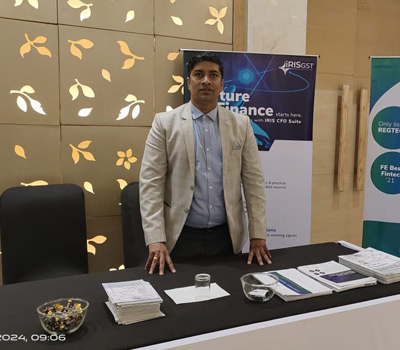
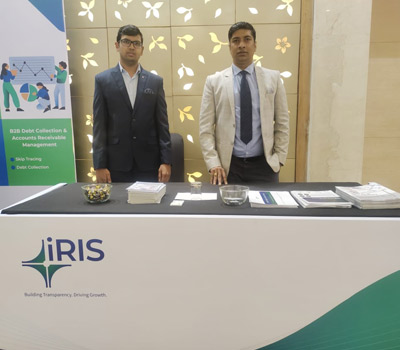




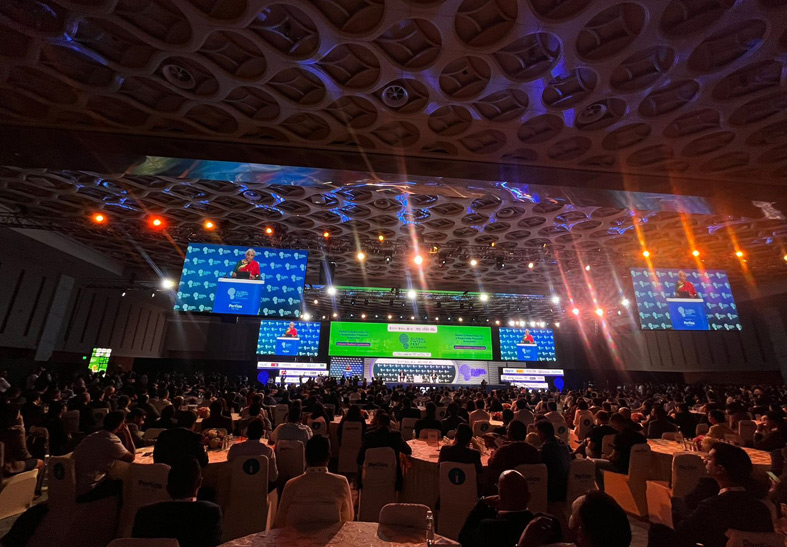
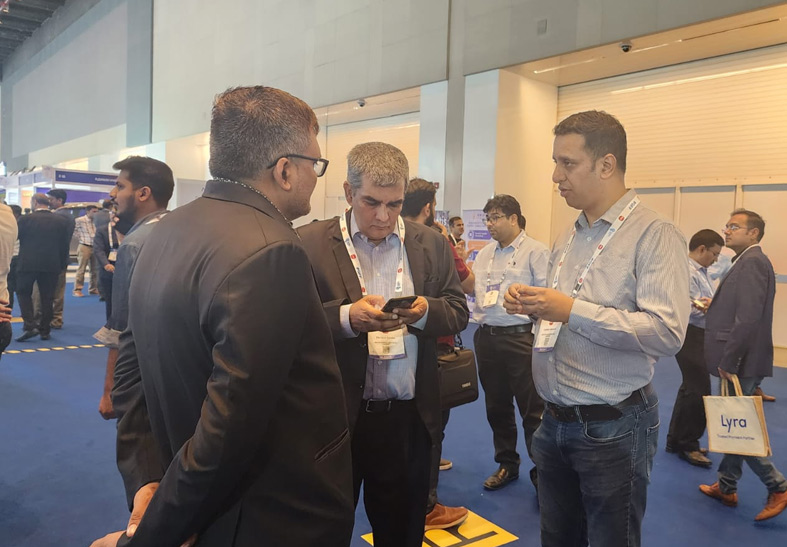
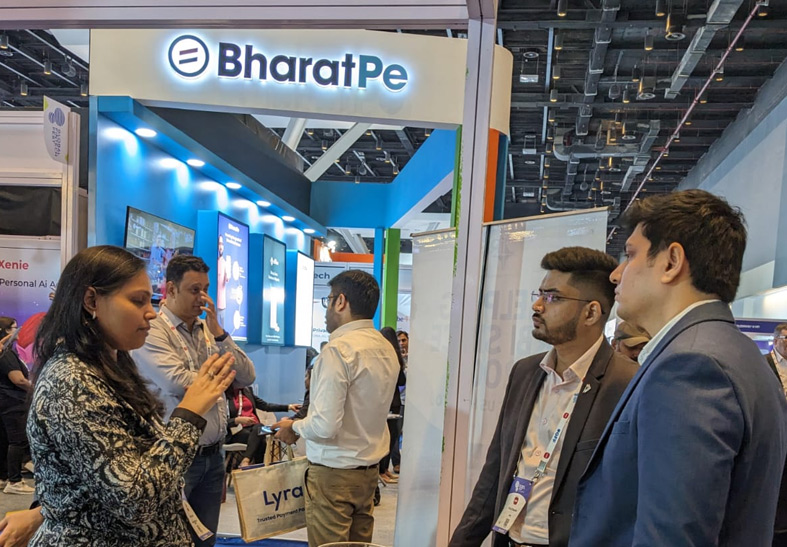
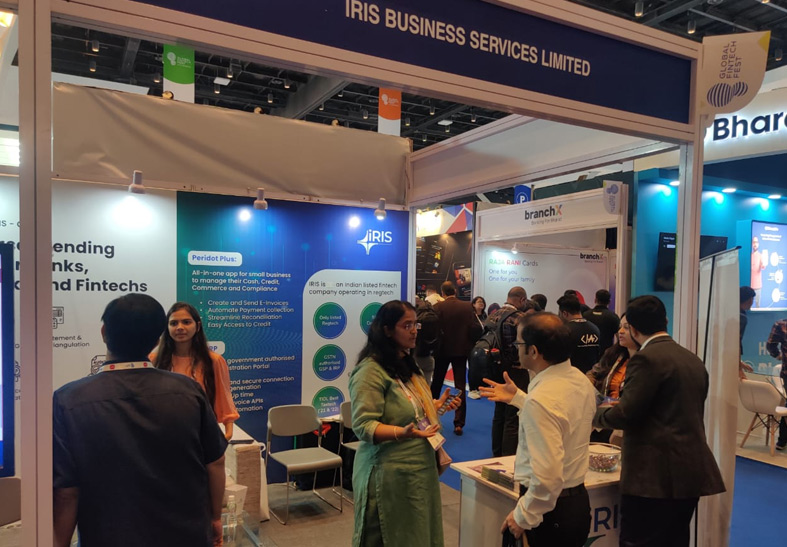
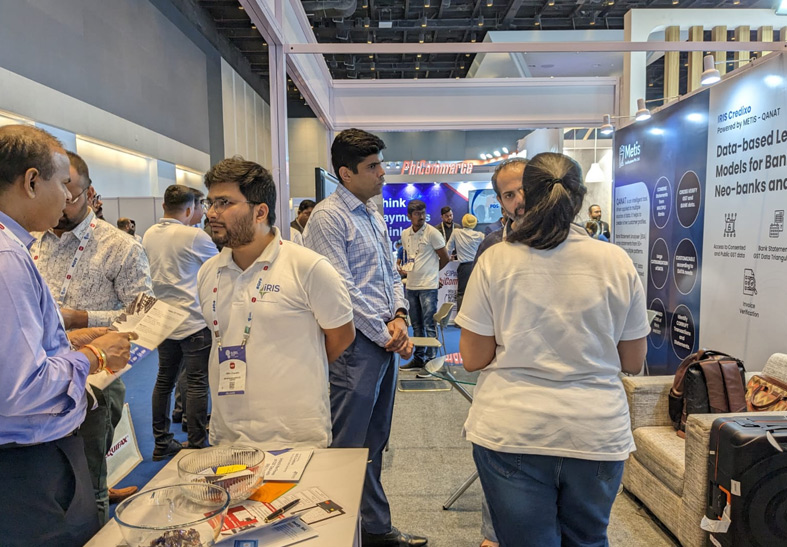
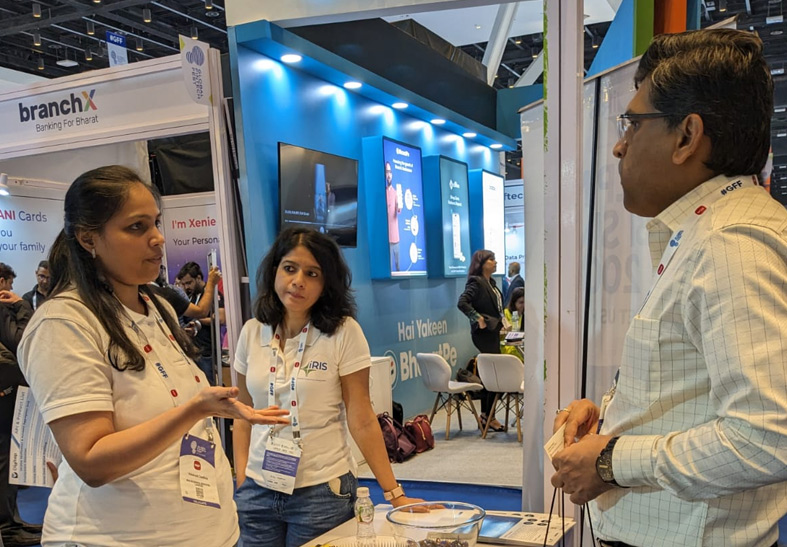
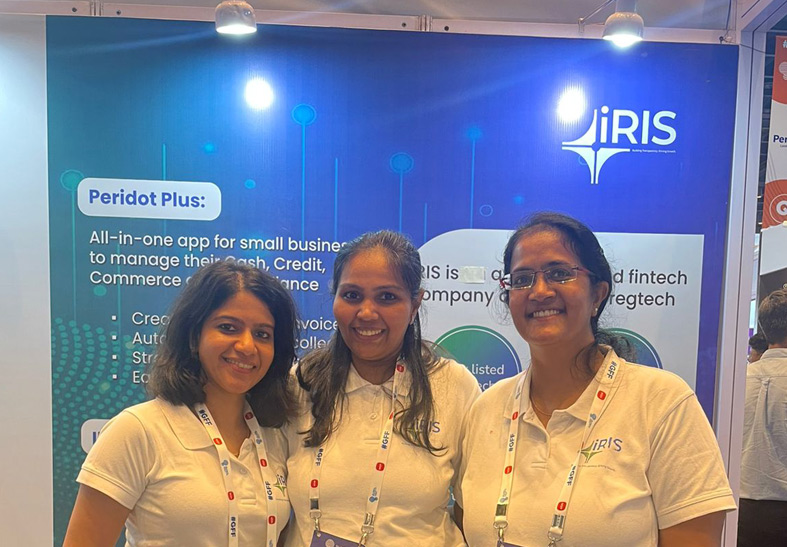
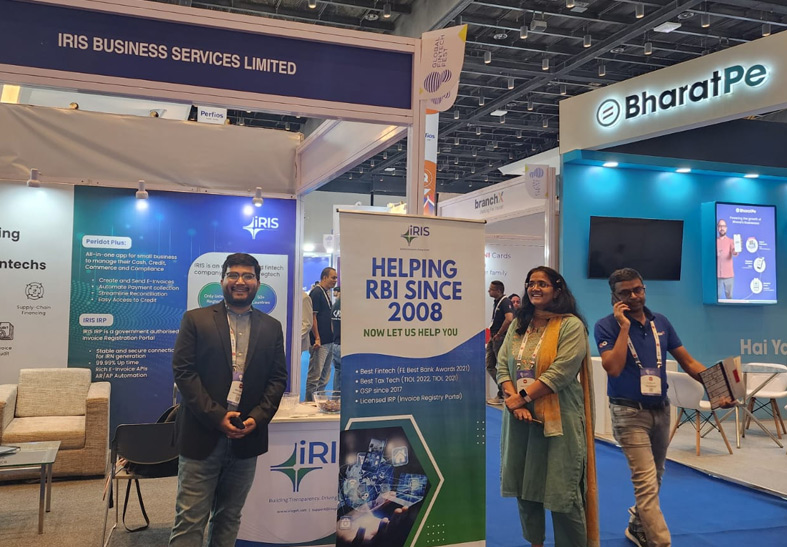















































































We are using distinct software for invoice generation, Still we have no clarity on mandatory fields for goods as well as service.
We need brief detail for e invoice implementation
We will be arranging webinar for e invoicing.
Kindly attend that webinar. It will help you to know implementation of einvoicing.
Lovely just what I was searching for.Thanks to the author for taking his time on this one.
Hello there! This is my first visit to your blog! We are a group of volunteers and starting a new initiative in a community in the same niche. Your blog provided us valuable information to work on. You have done a wonderful job!
Hello! We are delighted to hear that you and your group of volunteers found valuable information on the blog and that it’s been helpful for your new community initiative. If you ever need further information or have any questions as you work on your project, please feel free to reach out. Best of luck with your new endeavor, and thank you for your kind words!